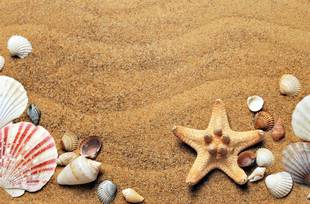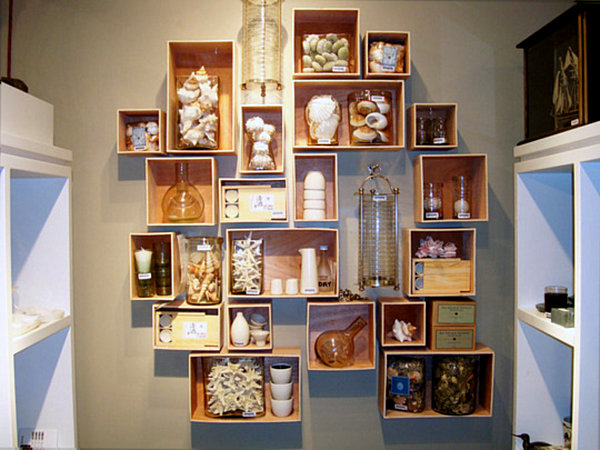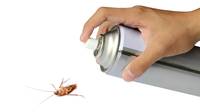
Seashells, known to biologists as the exoskeletons of mollusk (and also echinoderms), are popular for hobbyists and collectors.
Seashell collecting is a beautiful and interesting hobby due to the wide variety of species, natural habitats and rich color schemes you'll see. Novice collectors start out slowly, but an avid seashell gatherer has entire catalogs on display or tucked away for safekeeping.
Here are some guidelines on how to start your seashell collection:
- Start by educating yourself about seashells. Invest on a good book about seashells that contain both pictures and information. Search the Internet for sites catering to shell collectors.
- Think about what type of collection you want to start. You can organize it by category of shell, what is appealing to your eye, or by where you have traveled.
- As much as possible, collect only empty shells. Walking a beach after a storm is a good way to find specimens that have been washed ashore. Note the high tide line areas that have collected the most debris. Rocks and driftwood may also revealed a great find.
- For live specimens, the best times to search for shells are early in the morning or just when the tides are receeding. Check out the time of hide tide and observe the wave boundaries. At low tide, search in coves along sandy beaches, particularly ones with hard surf, which aren't good habitats for shell dwellers. You can find shells in mud flats and reef areas as well.
- Bring tools for combing the sand, and containers (pails, plastic or mesh bags) for your finds.
- As you walk along the shoreline, gather the shells you like. Try and find whole shells with no cracks. Place the shells in your bag or pail. Wash off the sand before taking the shells home.
- Handle seashells like the Precious Wentletrap (Epitonium scalare), Venus Comb Murex (Murex pectum), the Latiaxis santacruzensis, and Conus gloriamaris, and starfish and sand dollars (phylum Echinodermata) carefully - they're very delicate.
- Soak and rinse in fresh water at home. Don't use any chemicals to clean the shells. Buff and polish the best ones for collection.
- Some seashells, like those belonging to Conus, Tiaba and Murex species are quite rare and precious, so take extra care in handling them.
- If you intend to be a serious collector, always bring a notebook to your shell hunting. Record the day, time and place that you found each shell, and note any special circumstances. Compare your notes to book and Web site references.
- As your collection grows bigger; you need to consider purchasing a wooden cabinet (or a similar storage piece) with a lot of drawers to keep the seashells in. Create dividers for each drawer out of pieces of wood or purchase drawers with sectionals.
- If you will be displaying the seashells, purchase a heavy card stock (or sticker labels) that you can write the information (name, scientific name, time and place of discovery, etc.) of the shell on.

Note: Be careful. Don't get so wrapped up in your hunting that you lose track of time, the tides and sun overexposure. Some areas prohibit the collection of all seashells; you need to respect this. Do not leave your trash behind; respect the environment.


















